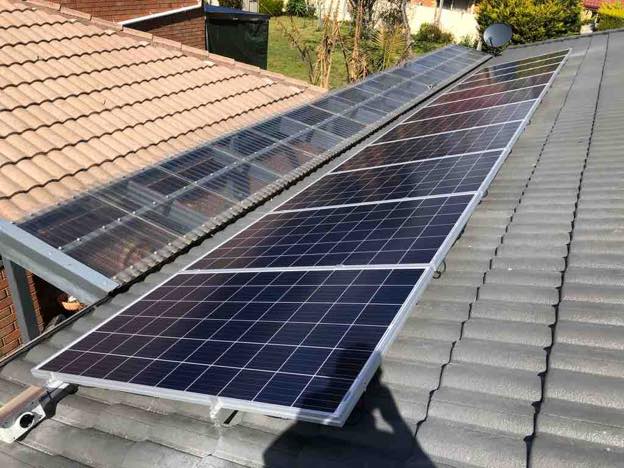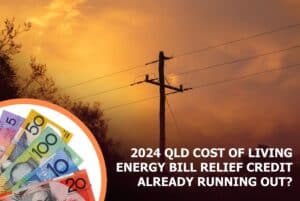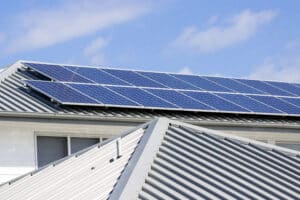Be your own electricity consumption calculator
Understanding the amount of electricity each of our appliances consumes allows us to gain more control over our energy expenditures. By leveraging tools such as an electricity cost calculator, you are able to gain valuable insights into your electricity bill. Such tools enable you to refine your consumption habits and pinpoint which appliances consume the most energy.
However, if you find yourself without a calculator, fear not! In this article, we’ll guide you through the process of calculating the weekly costs of running each of your appliances, ensuring you can make informed decisions to optimise your energy usage.
Determining wattage estimates
Below are some general wattage estimates for appliances known to consume a significant amount of power, along with those that are typically used for extended periods of time. To gain a more precise understanding of the wattage each of your appliances consumes, you can refer to the information found on the back of your appliance, a front-facing sticker, or within your appliance’s instructional manual.
Our wattage estimates are as follows:
- Washing machine: 400–1300 watts*
- Dryer: 1800–5000 watts*
- TV: 80–400 watts
- Microwave: 500–1800 watts
- Oven: 1000–5000 watts*
- Electric Hot Water System: 3000–65000 watts*
- Pool Pump: 1500–2000 watts
- Air conditioner: 400–1500 watts*
- Ceiling Fan: 65–75 watts
- Electric Central Heating: 4000 watts*
- Desktop Computer (PC and Monitor): 60–250 Watts
- Fridge: 1000–2000 watts*
- Dishwasher: 1200–2400 watts*
*The displayed rated capacity refers to the peak capacity of your appliance. However, it’s essential to note that appliances typically operate at peak power only during the ramp-up phase; the power consumption significantly reduces during normal operation. Actual power usage during normal operation is influenced by various factors, including temperature, size, and load, amongst others.
For example: How much electricity does a fan use?
Martha wants to find out how much it costs her to run her pedestal fan during the summer. The first step is to convert the appliance’s wattage into kW in order to do the next few calculations. You can calculate how much your appliance costs to run per hour by first dividing your appliance’s wattage by 1000 (1kW = 1000W) to convert it into kilowatts.
| Martha’s fan uses 75 watts. 75 ÷ 1000 = 0.075kW |
After this, the next step is to find how many kilowatt-hours your appliance (in this case Martha’s fan) uses per week. Simply multiply the appliance’s energy consumption in kilowatts by the number of hours you would typically use it per week.
| Martha uses her fan for at least 4 hours per day during the summer months 4 hours × 0.075 kW = 0.3 kWh per day 0.3 kWh × 7 days = 2.1 kWh per week Martha should expect to consume 2.1 kWh of energy per week during the summer months. |
The final step is to multiply the kW hours by the unit cost of electricity. This changes according to the time and demand. For simplicity’s sake, we will make this next calculation with a conservative flat rate of 23 cents an hour.
| $0.23 × 2.1kWh = $0.48 If Martha turns on her fan for 4 hours per day for a week, she will pay $0.48 to run her fan that week. |
Additional costs
When contemplating electricity costs, it’s also crucial to consider the additional expenses that accompany appliance usage. Factors like maintenance, servicing, and repair costs can significantly influence the overall expense of operating an appliance. Routine upkeep ensures the longevity and optimal performance of our devices, while the neglect of such can lead to increased power consumption and subsequent repair costs.
By being cognisant of these other factors and considering your annual cost, we can make more enlightened decisions regarding our home appliances.
Tips and advice
Embracing energy consciousness is a crucial step in forging a sustainable future, and it’s easier than you might think! When we make informed decisions about our appliances and their usage, we pave the way for a greener, more economical household.
Here are some handy tips:
- Opt for energy-efficient appliances: When purchasing new appliances, look for the energy star rating. The higher the rating, the less electricity it consumes, making it a friend to both the environment and your wallet!
- Regular maintenance is key: Keep your appliances in tip-top shape. Regular servicing ensures optimal functionality, reducing unexpected spikes in electricity usage.
- Mindful usage: Pay attention to when and how you use your appliances. A little bit of strategic planning can lead to significant savings in electricity costs.
By incorporating these energy-saving strategies, we can collectively reduce our average energy consumption, decrease electricity costs, and make a substantial positive impact on our environment. Remember, it’s not just about how much power we use; it’s about utilising it intelligently and efficiently, and incorporating helpful tools like household electricity consumption calculators to keep track when needed.
To wrap it up…
We all have a pivotal role in fostering a sustainable environment, and reducing our electricity consumption is a stepping stone in this journey. By understanding our electricity usage and making mindful choices around our appliances and their energy consumption, we can significantly decrease our electricity bills and carbon footprint. A kilowatt hour saved is a victory for both our planet and our pockets!
Ready to make a real change? Sunrays Power is here to guide you through your journey. Our knowledgeable team is passionate about green energy, eager to help you understand your energy cost and find the most sustainable solutions tailored to your needs.
Let’s work together to make our homes more energy-efficient and our planet more sustainable!








